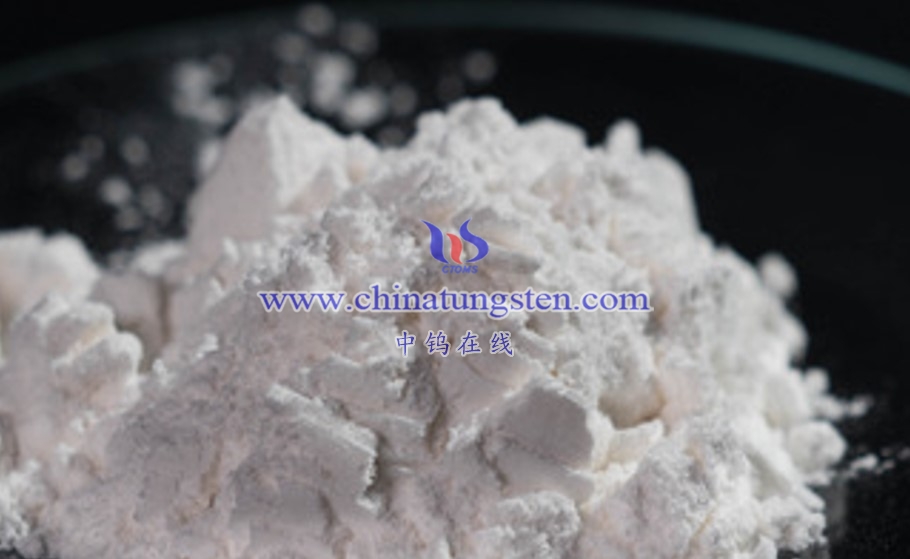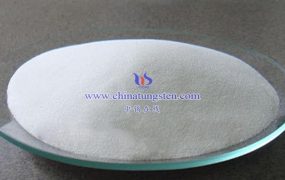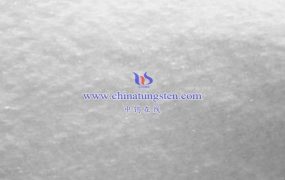The ion exchange method is a classic technique for preparing ammonium metatungstate (AMT), widely used in industrial production. The core of this method is to replace sodium or ammonium ions in the tungstate solution with hydrogen ions using cation exchange resins, ultimately producing AMT. The specific steps are as follows:
- Raw Material Dissolution: Dissolve ammonium paratungstate (APT) or sodium tungstate in water to form a tungstate solution. If using APT, since its solubility is low, a small amount of ammonia water (NH₃·H₂O) is usually added to assist in dissolution.
- Ion Exchange: Pass the solution through a column packed with strong acid cation exchange resins (e.g., H⁺ resins). The resin adsorbs NH₄⁺ or Na⁺ from the solution, releasing H⁺, which transforms the tungstate ions (WO₄²⁻) into poly-tungstate forms.
- Concentration and Crystallization: Adjust the pH of the solution (typically controlled between 2-4), then heat to concentrate. After cooling, AMT crystals are precipitated.
- Separation and Drying: Separate the crystals by filtration or centrifugation, then dry to obtain the final product.
The advantage of this method is that it yields high purity with low impurity content (such as Na, Mo), making it suitable for producing high-quality AMT. The downside is that resin regeneration requires acid washing, increasing the cost of waste liquid treatment. In industry, the ion exchange method is often used for the production of catalyst-grade AMT due to its strict purity requirements.

====================================================================
Customized R&D and Production of Tungsten, Molybdenum Products
Chinatungsten Online and CTIA GROUP LTD have been working in the tungsten industry for nearly 30 years, specializing in flexible customization of tungsten and molybdenum products worldwide, which are tungsten and molybdenum design, R&D, production, and overall solution integrators with high visibility and credibility worldwide.
Chinatungsten Online and CTIA GROUP LTD provide products mainly including: tungsten oxide products, such as tungstates such as APT/WO3; tungsten powder and tungsten carbide powder; tungsten metal products such as tungsten wire, tungsten ball, tungsten bar, tungsten electrode, etc.; high-density alloy products, such as dart rods, fishing sinkers, automotive tungsten crankshaft counterweights, mobile phones, clocks and watches, tungsten alloy shielding materials for radioactive medical equipment, etc.; tungsten silver and tungsten copper products for electronic appliances. Cemented carbide products include cutting tools such as cutting, grinding, milling, drilling, planing, wear-resistant parts, nozzles, spheres, anti-skid spikes, molds, structural parts, seals, bearings, high-pressure and high-temperature resistant cavities, top hammers, and other standard and customized high-hardness, high-strength, strong acid and alkali resistant high-performance products. Molybdenum products include molybdenum oxide, molybdenum powder, molybdenum and alloy sintering materials, molybdenum crucibles, molybdenum boats, TZM, TZC, molybdenum wires, molybdenum heating belts, molybdenum spouts, molybdenum copper, molybdenum tungsten alloys, molybdenum sputtering targets, sapphire single crystal furnace components, etc.
For more information about ammonium metatungstate please visit the website: ammonium-metatungstate.com
If you are interested in related products, please contact us:
Email: sales@chinatungsten.com
Tel: +86 592 5129696 / 86 592 5129595


